This week in Part 4 of the Yarn Bleeding Experiment, it’s time to start putting things in the water!
If you haven’t already, head back and read Parts 1-3 first, so you know what’s going on.
Jump Links
Part 1: Introduction
Part 2: The Experiment
Part 3: Round One – Temperature
Part 4: Round Two – Wool Wash (Soak)
Part 5: Round Two – Wool Wash (Eucalan)
Part 6: Round Two – White Vinegar
Part 7: Round Two – Washing Up Liquid
Part 8: Round Three – Colour Catcher
Part 9: Results & Conclusion
Okay, all caught up? Great.
This week’s additive to the blocking bath is Soak, a wool wash that’s readily available in the UK. It’s the one I use; I have the fig fragrance, and I love how it makes my knits smell. As soon as I get a whiff of it, I start to get that little glow of pride that you get when you’ve finished something and it’s come out well.
But is it making my yarn bleed more than it should? Is it helping to prevent bleeds?
To test it, I added 5ml from a handy sachet into a 3L jug of tap water, which was mixed from the hot and cold taps to be 50C / 122F.
If you remember, this was the temperature with the most bleeding from Round One. I’m using the temp with the most bleeding here because I need it to bleed in order to see if Soak makes it bleed more or less. If I used something that didn’t bleed at all, or didn’t bleed much, I wouldn’t be able to see if Soak *reduced* bleeding.
With me? Fabulous.
As with the temperature tests, I measured the pH of the water and its hardness (TDS) before pouring out 300ml for each blocking bath. The results were pretty similar to the 50C water: pH was 7.41 (previously 7.25) and TDS was 313 mg/L (previously 322 mg/L). So no big changes there.
The next part is to pour out the water, wait half an hour, and see what we’ve got. I did record this like I did with Round One, but I’m going to save all the videos until Round Two is complete, so you’ll have to make do with comparison photos this week.
Here’s 50C / 122F with Soak on the left, and 50C / 122F without on the right.
The lighting is unfortunately a little different – sadly I can’t control the weather – but I think it’s clear that there’s a few differences here.
Litha and Blackcurrant Jam on the top row are roughly comparable; Ruby Slippers in the middle is maybe a little lighter but still a significant bleed; Storm at the bottom left is still a light bleed, but Navy on the bottom right there has clearly bled more.
Reminder: the rating scale I’m using for these is 0 (no bleed), 1 (some bleed), 2 (significant bleed).
Without Soak these bleeds were rated 2, 2, 2, 1, 1; with Soak, they were rated 2, 2, 2, 1, 2. Just the Navy has moved from a 1 to a 2.
In Round One we ascertained that hotter water increases bleeding; this time we can conclude that adding Soak might also increase bleeding if you’re using a navy blue colour, and that Soak definitely doesn’t prevent bleeding.
That’s it for this week; check back next time to see what happens when we add Eucalan to the mix!
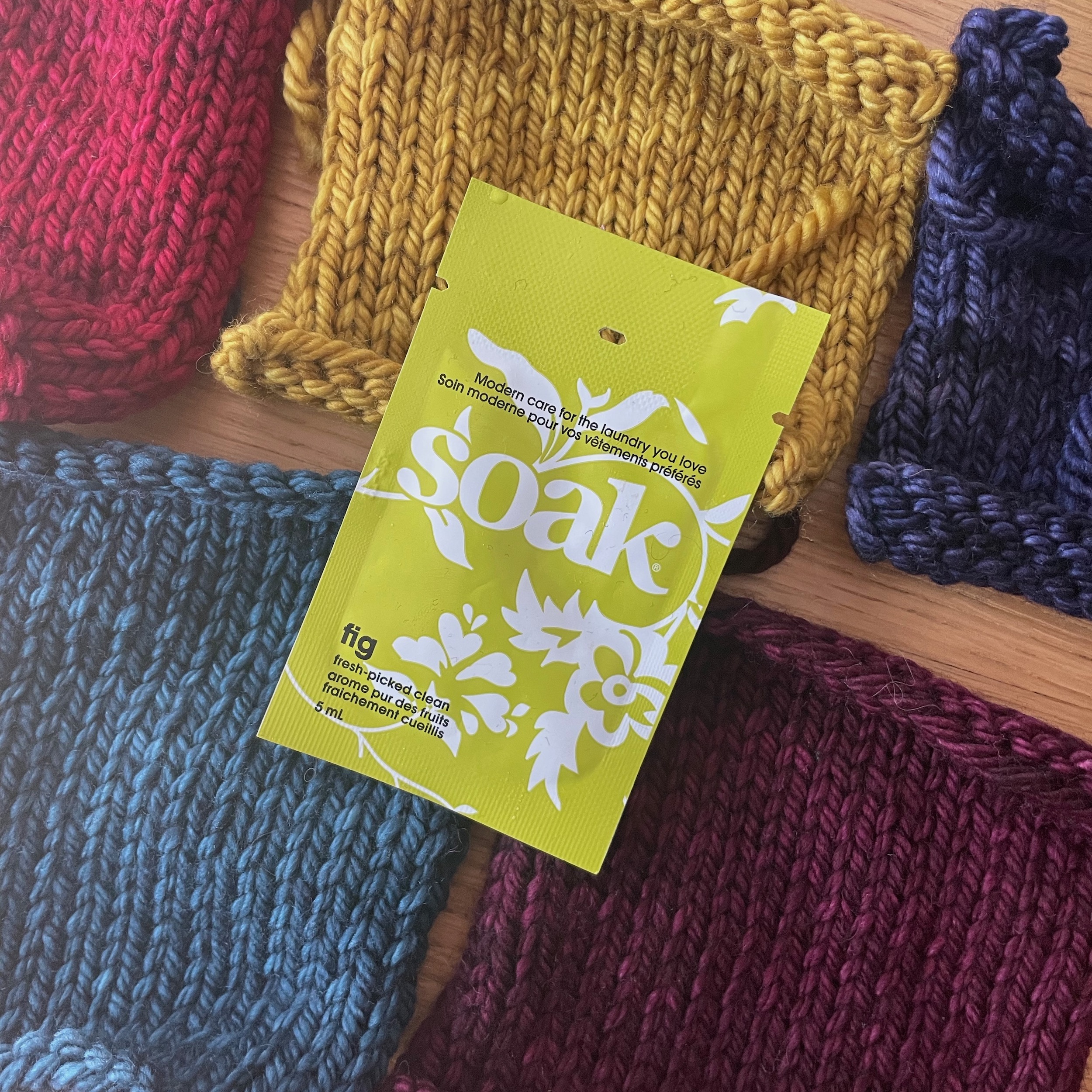
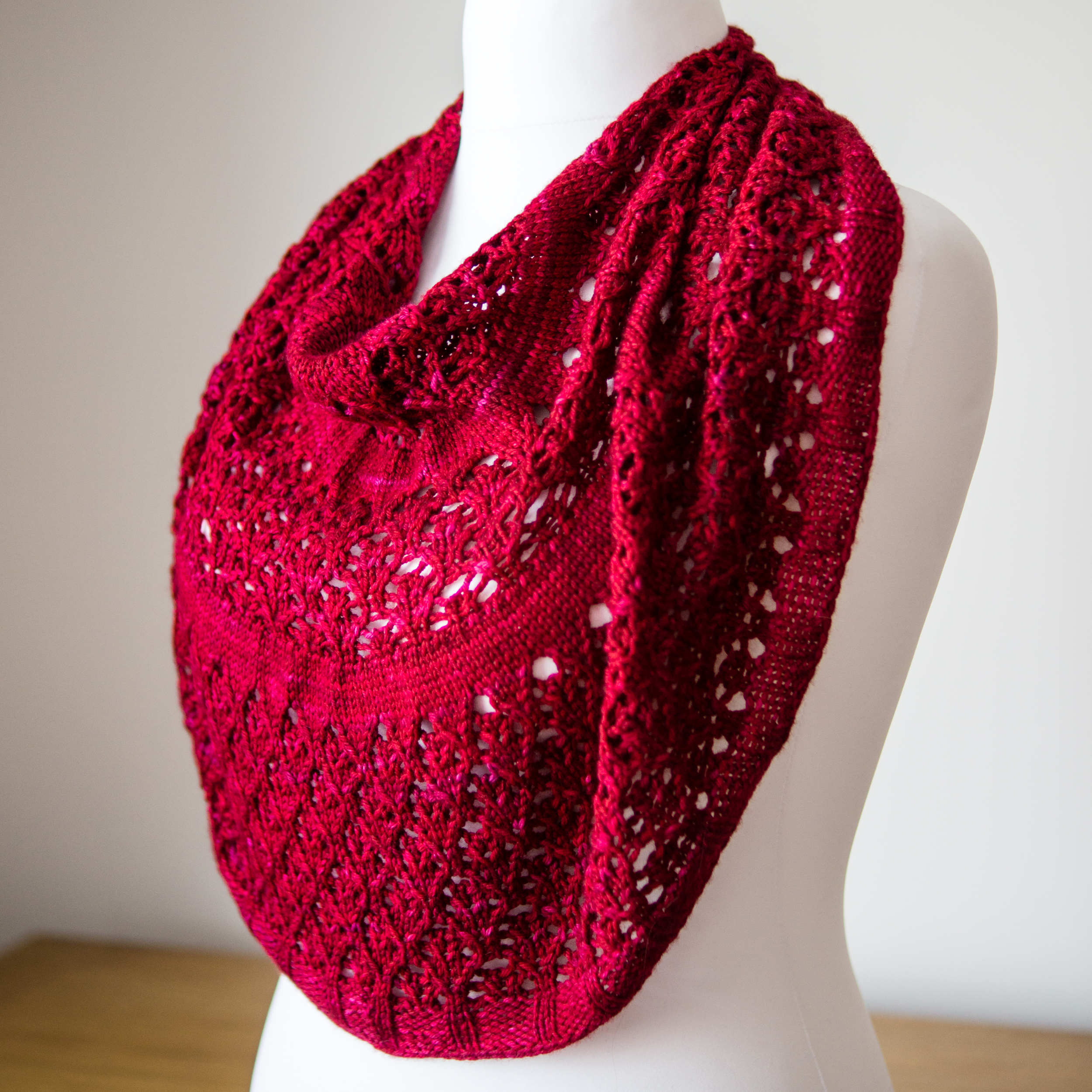



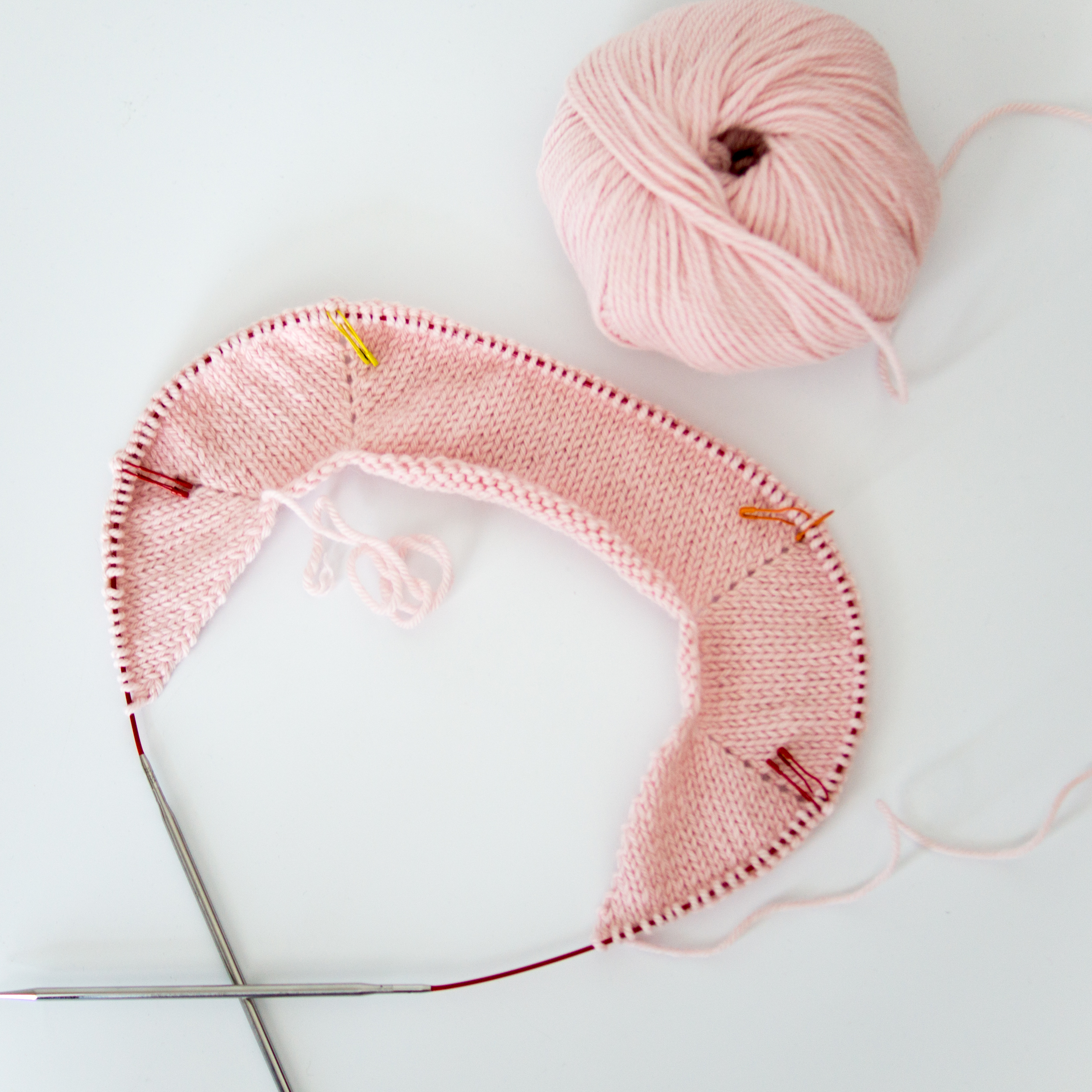
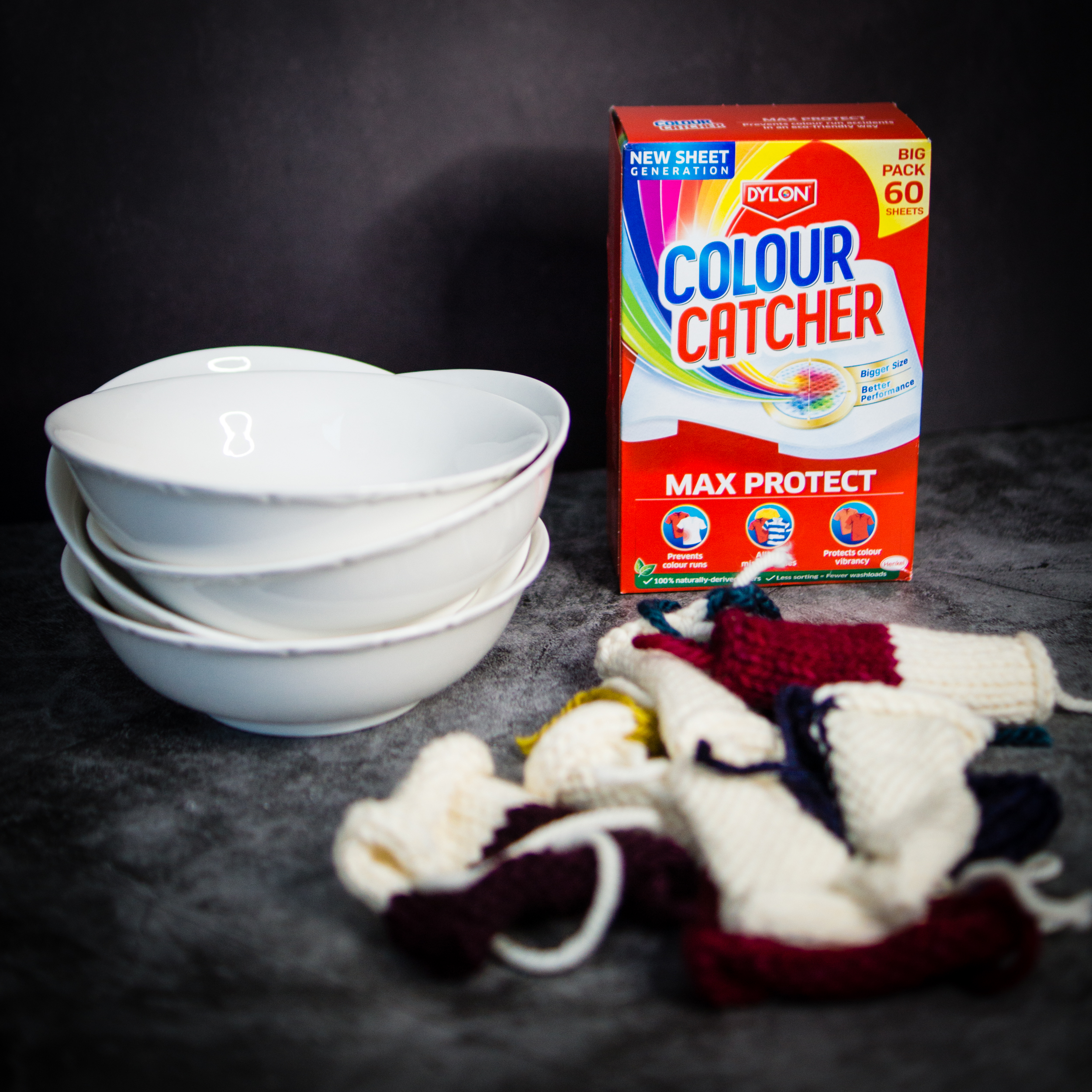
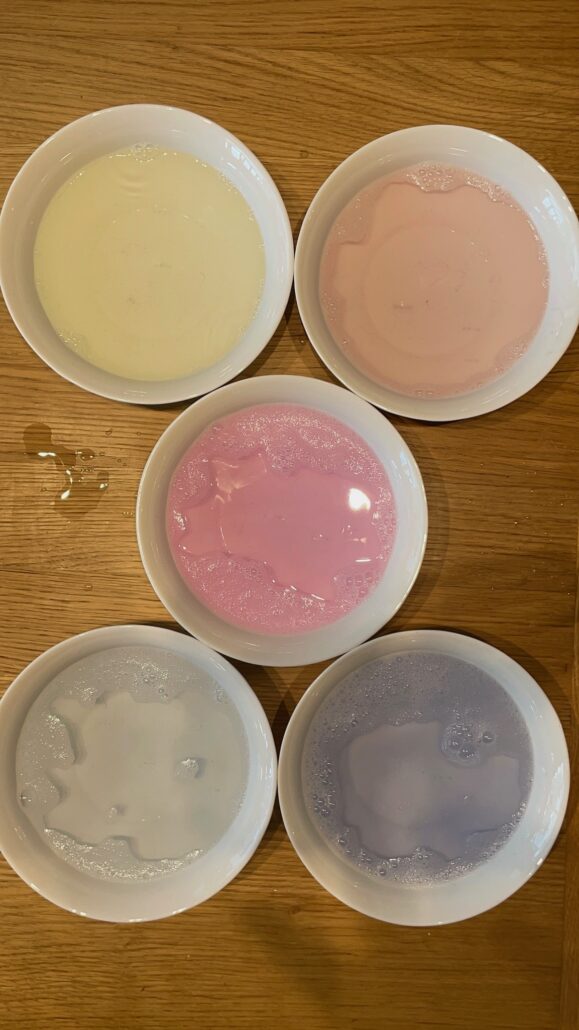
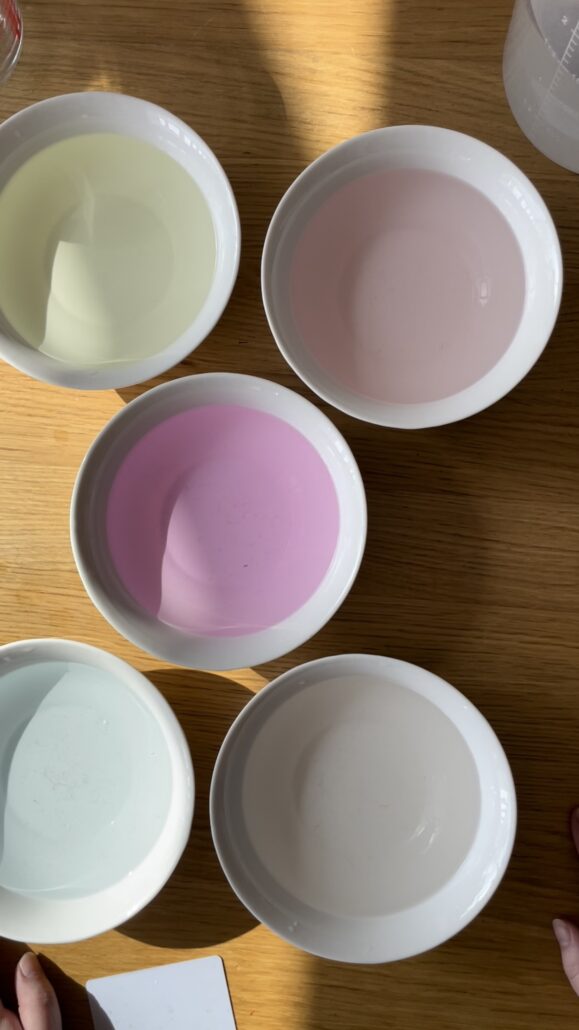
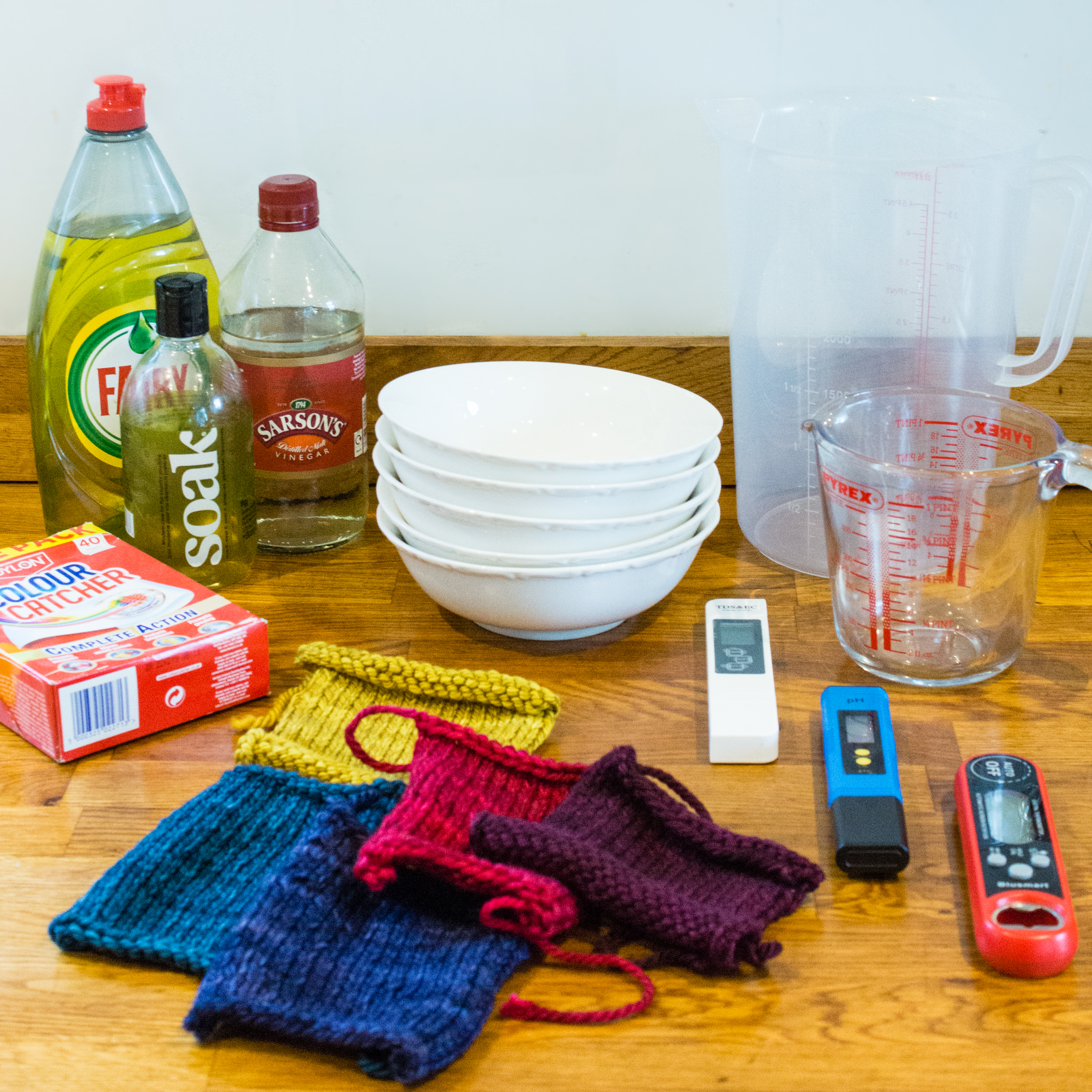
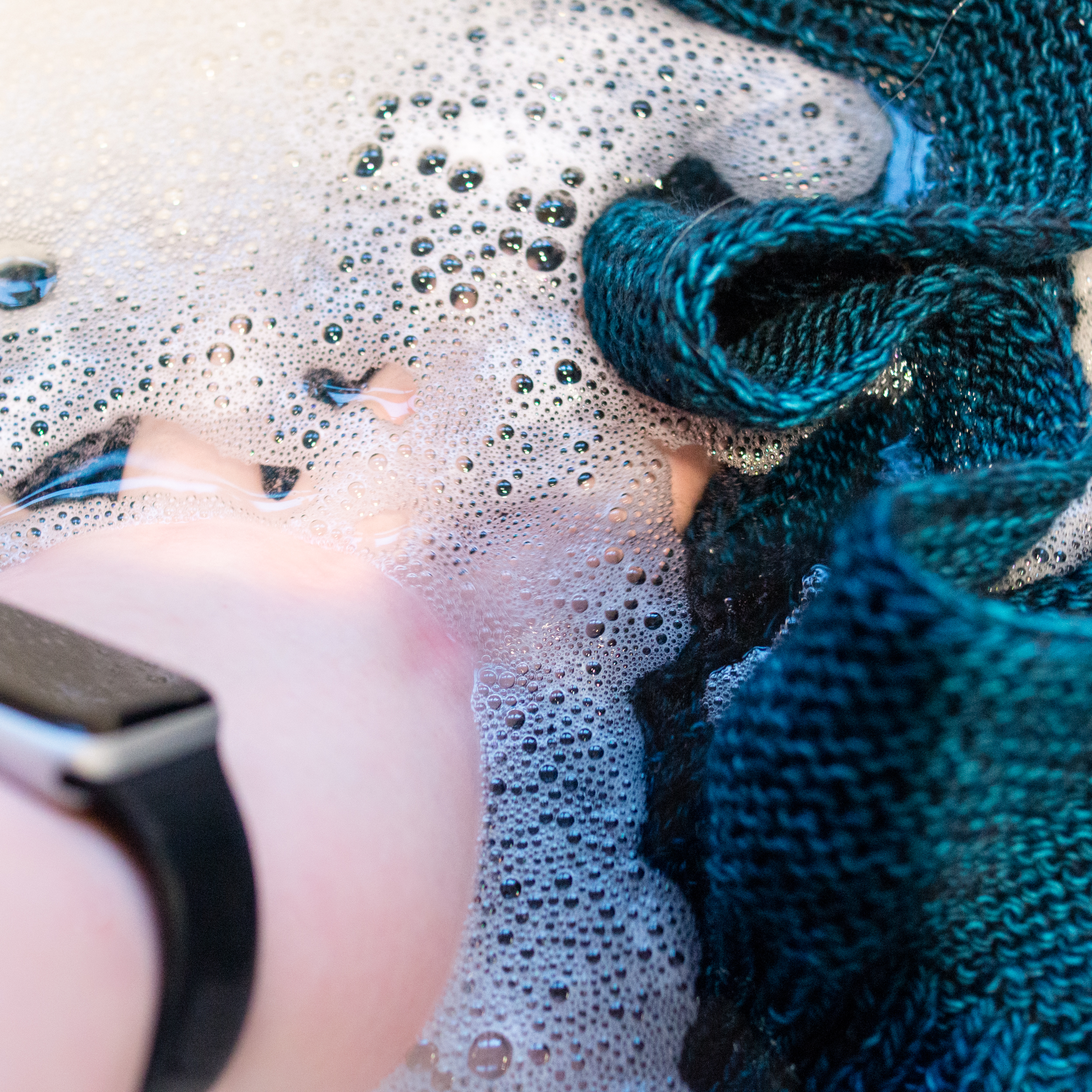

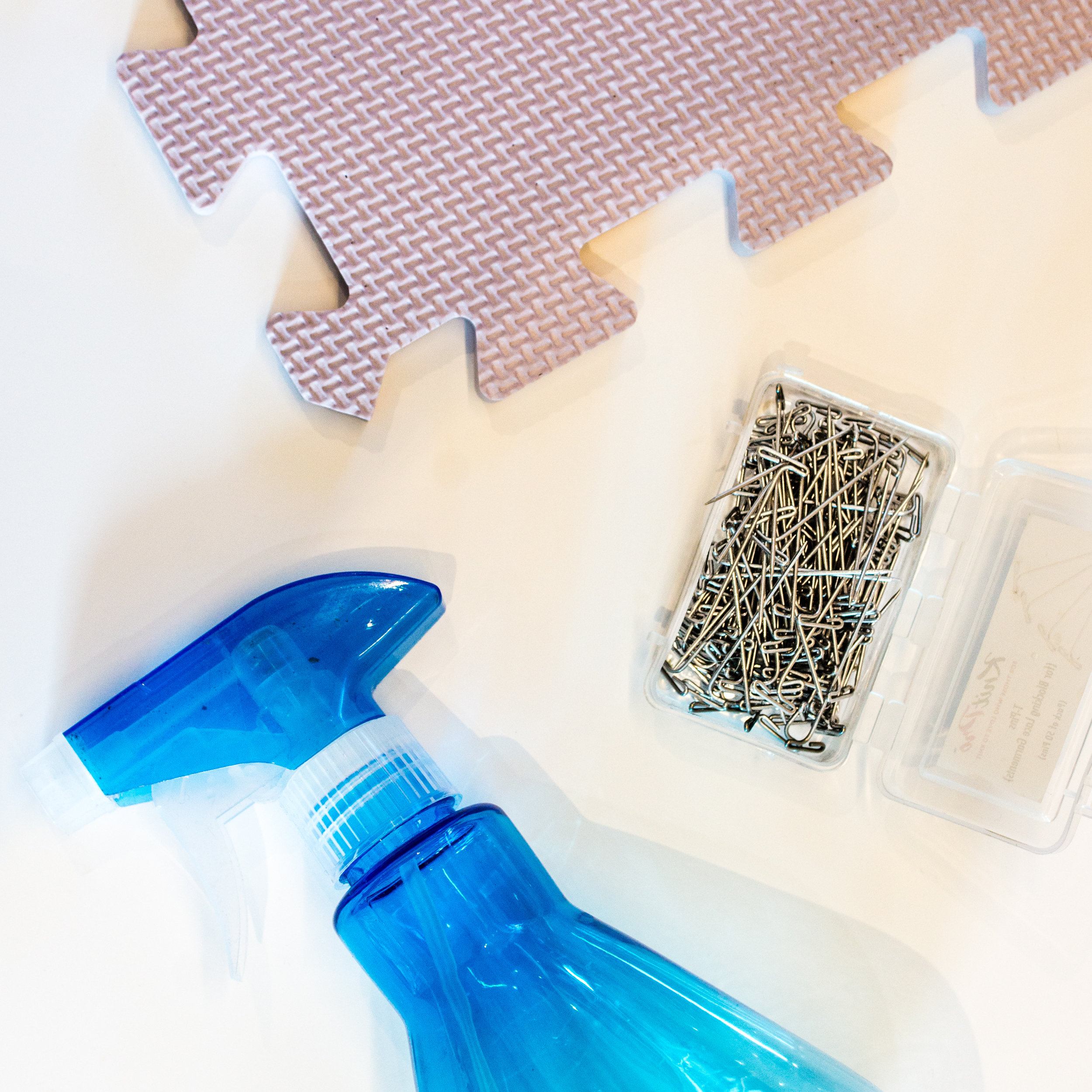
6 comments
Comments are closed.